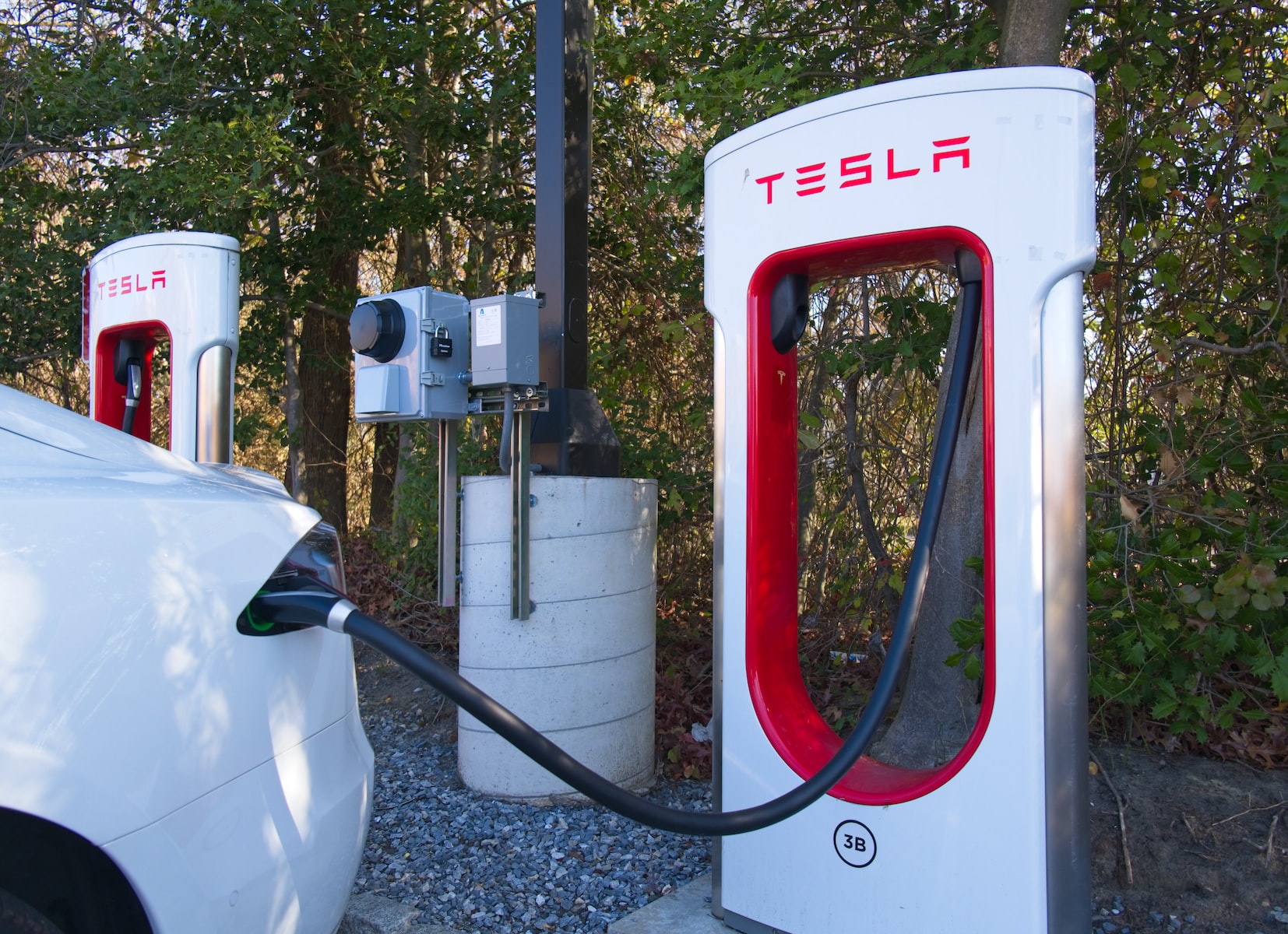
Rechargd.com is reader supported. We may collect a share of sales or other compensation from the links on this page. As an Amazon Associate, we earn from qualifying purchases.
When it comes to electric vehicles, one of the most popular brands that come to mind is Tesla. With their sleek design and impressive performance, it’s no surprise that Tesla vehicles are a common sight on the roads. If you’re a Tesla owner or considering purchasing one, you might be wondering about the costs associated with charging.
While Tesla charging isn’t universally free, new owners often receive free Supercharging credits. After credits are used, Supercharging incurs a fee. Destination Charging costs vary by location, and third-party charging stations have their own fees. Home charging costs depend on electricity rates and equipment. Utilize off-peak rates, free stations, and referral programs to save on charges.
How Does Charging a Tesla Work?
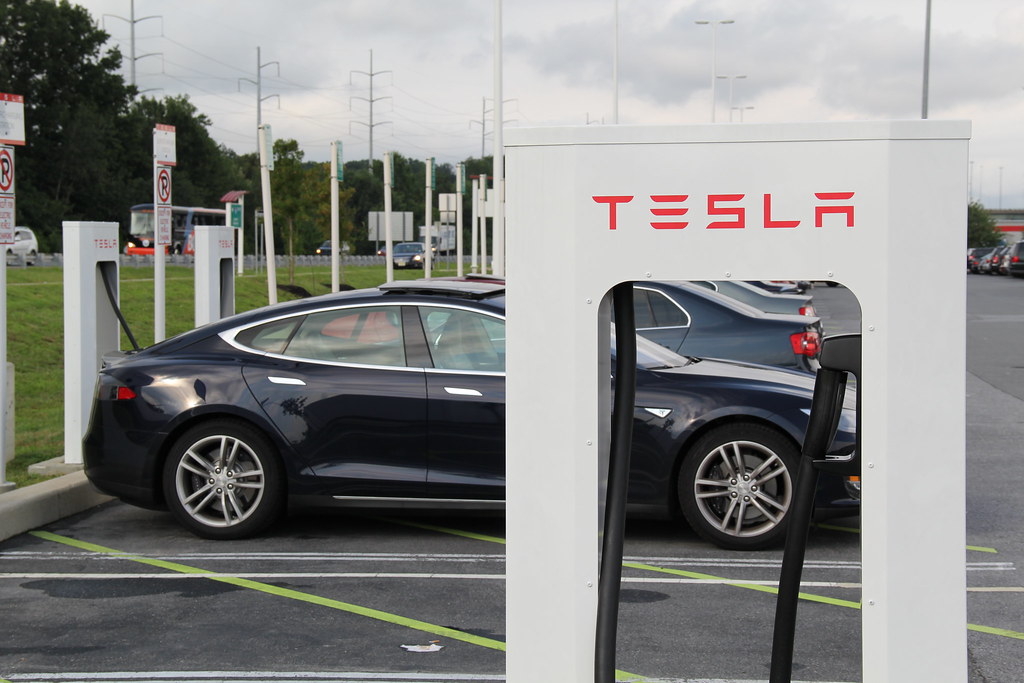
Charging a Tesla, like any other electric vehicle, involves connecting the car to a power source through an electric charging station or home charging setup. There are various charging options available for Tesla owners, such as Tesla’s proprietary Supercharger network, Destination Chargers, and third-party charging stations.
You can also charge your Tesla at home using either a standard wall outlet (known as Level 1 charging) or a faster Level 2 charging option, which requires professional installation.
Is Tesla Supercharging Free?
One of the biggest perks of owning a Tesla used to be the access to free Supercharging. However, that has changed over the years. Initially, Tesla offered free Supercharging as a lifetime benefit for early Model S and Model X owners. Later, the company transitioned to providing a limited amount of free Supercharging credits for new vehicle purchases.
In my experience, most new Tesla owners now receive a certain number of free Supercharging miles or credits when they purchase their car. These credits are usually enough to cover several thousand miles of driving. However, once the credits are used up, owners will need to pay for Supercharging.
The cost of Tesla Supercharging varies depending on your location and the specific Supercharger station you’re using. In general, Tesla charges per kilowatt-hour (kWh) of energy consumed, but in some regions, the company charges per minute, with different rates for different charging speeds. You can find detailed information about Supercharging costs on the Tesla website.
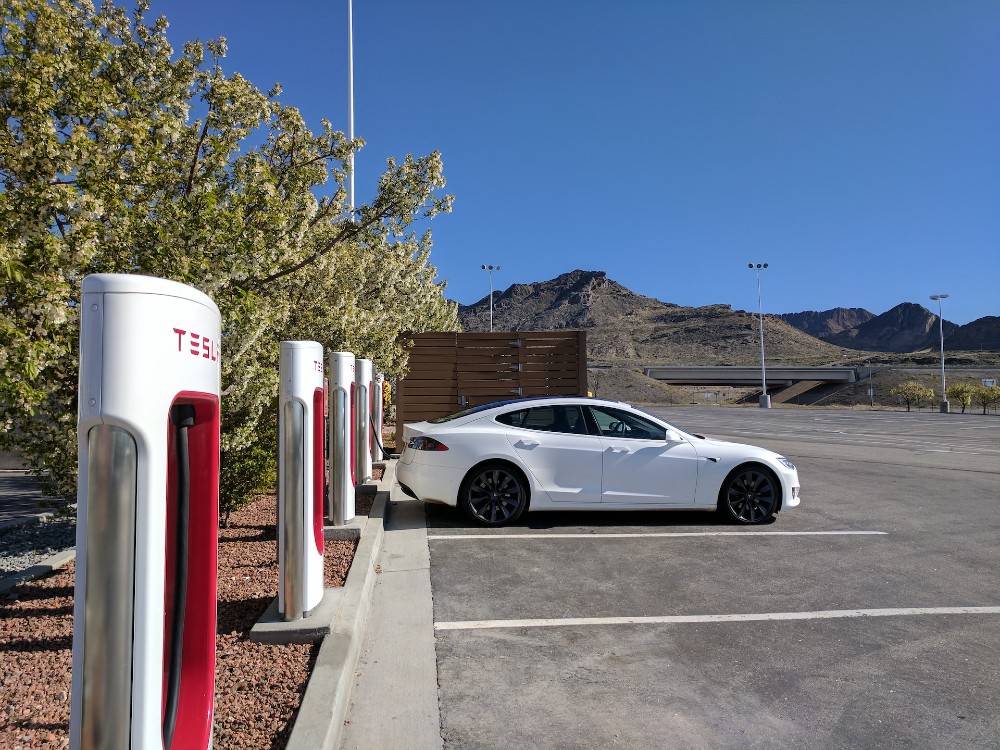
Do You Have to Pay for Tesla Destination Charging?
Tesla’s Destination Charging program is another convenient option for charging your Tesla while on the go. These charging stations are typically found at hotels, restaurants, shopping centers, and other public places.
The main difference between Destination Chargers and Superchargers is that Destination Chargers are slower, offering a Level 2 charging speed similar to what you’d get with a home charging setup.
The cost of using a Tesla Destination Charger varies depending on the location. Some businesses offer free charging as an incentive to attract Tesla owners, while others may charge a fee for the service. If you’re unsure about the charging costs at a specific Destination Charger, it’s best to contact the location directly or check the Tesla charging map for details.
What About Third-Party Charging Stations?
In addition to Tesla’s own charging networks, there are also many third-party charging stations available for electric vehicle owners. Some of the most popular networks include ChargePoint, EVgo, and Electrify America.
The cost of using third-party charging stations can vary widely, depending on factors such as the charging speed, the network operator, and the location. Some charging stations may offer free charging, while others will require payment. To find out the costs associated with a specific charging station, you can usually check the network operator’s website or mobile app.
It’s worth noting that Tesla vehicles come equipped with a J1772 adapter, which allows them to use most non-Tesla Level 2 charging stations. However, you may need to purchase an additional adapter, such as the CHAdeMO adapter, to access certain fast-charging networks.
How Much Does Home Charging Cost?
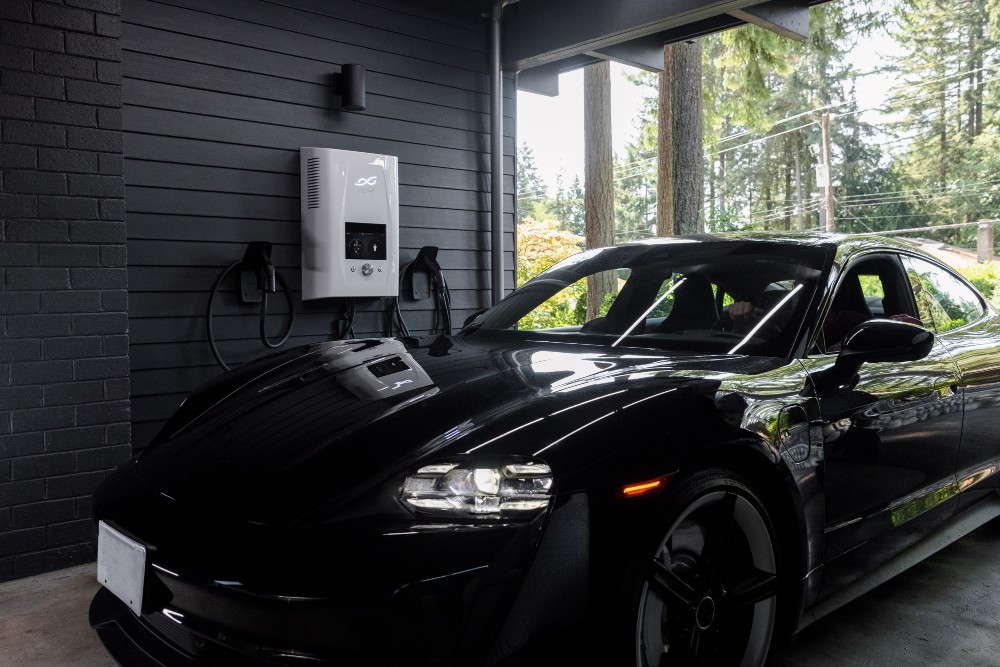
Charging your Tesla at home is often the most convenient and cost-effective option, especially if you have a regular daily routine and don’t require frequent long-distance travel. Home charging costs depend on several factors, including your local electricity rates, the charging equipment you’re using, and any potential utility incentives.
For Level 1 charging, which uses a standard 120-volt wall outlet, you’ll generally find it to be the slowest but also the least expensive option in terms of equipment cost. You need the mobile connector with your Tesla, and you’re good to go.
Charging times can be quite lengthy, however, with most Teslas requiring overnight or even multiple days of charging to reach a full charge.
Level 2 home charging is significantly faster, typically providing a full charge in just a few hours. To use Level 2 charging, you’ll need to install a 240-volt charging station, either by purchasing Tesla’s Wall Connector or a third-party charger compatible with your vehicle.
The cost of the charging station can range from a few hundred to over a thousand dollars, depending on the brand and features. You’ll also need to factor in the cost of professional installation, which can vary depending on the complexity of the job and local electrician rates.
As for the cost of the electricity itself, this will depend on your local utility rates and the time of day you charge your vehicle. Some utilities offer the special electric vehicle (EV) charging rates or time-of-use rates, which provide discounted electricity prices during off-peak hours. Be sure to check with your utility company to see if any such programs are available in your area.
Is Tesla Working on Any New Charging Technologies?
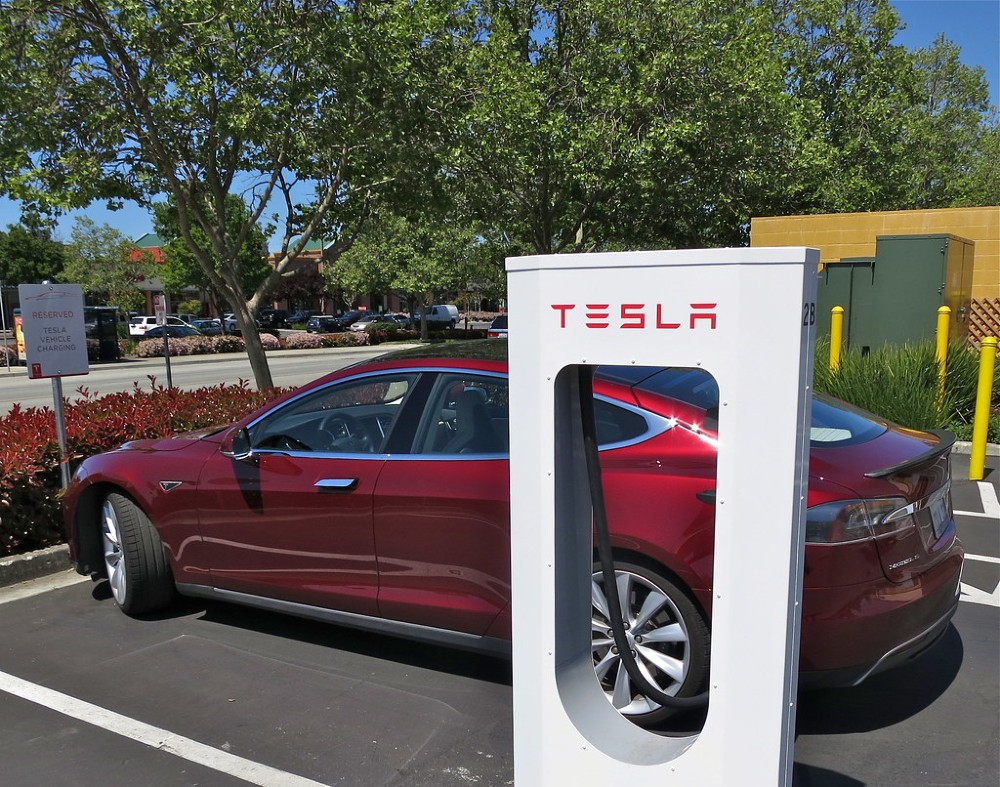
Tesla is constantly innovating and working on new technologies to improve the charging experience for its customers. Some of the developments that have been discussed or are rumored to be in the works include:
Faster Supercharging speeds
Tesla has continually improved its Supercharger technology, with the latest V3 Superchargers providing charging speeds of up to 250 kW. It’s likely that Tesla will continue to develop even faster charging solutions to reduce charging times further.
Battery swapping
Tesla experimented with battery-swapping technology in the past, which would allow drivers to exchange their depleted battery for a fully charged one in a matter of minutes. Although the pilot program was discontinued, there’s always a possibility that Tesla could revisit this concept in the future.
Wireless charging
While not specific to Tesla, there’s ongoing research and development in the field of wireless EV charging. If this technology becomes widely available, it could potentially be integrated into future Tesla models or charging stations.
Grid integration and vehicle-to-grid (V2G) capabilities
Tesla has expressed interest in integrating its vehicles with the electrical grid, allowing them to serve as temporary energy storage devices during periods of high electricity demand. This would enable owners to potentially earn money by selling excess energy back to the grid, offsetting their charging costs.
As Tesla continues to expand its global charging network and develop new technologies, the cost and convenience of charging a Tesla will likely improve over time. By staying informed about the latest developments in EV charging, you can make the most of your Tesla ownership experience while reducing the overall cost of powering your vehicle.
Are There Any Ways to Save on Tesla Charging Costs?
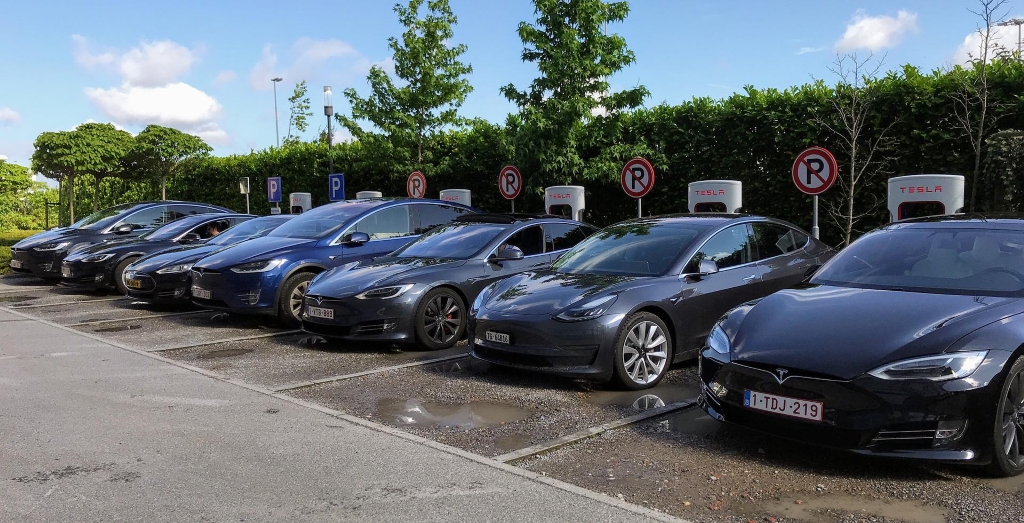
There are several strategies you can employ to minimize the cost of charging your Tesla. Here are a few suggestions:
Take advantage of off-peak rates
If your utility company offers time-of-use rates, try to schedule your charging during off-peak hours when electricity is less expensive. You can set your Tesla to automatically charge during specific times to make this easier.
Maximize your free Supercharging credits
If you have free Supercharging credits, use them wisely by planning long trips around Supercharger locations. Just remember that Supercharging should not be relied upon as your primary charging method, as it can shorten the lifespan of your battery if used too frequently.
Utilize free charging stations
Keep an eye out for free Destination Chargers or third-party charging stations. These can be a great way to save money on charging, especially when traveling.
Consider solar power
If you have solar panels in your home or are thinking about installing them, you can potentially offset the cost of charging your Tesla by generating your own clean energy.
Participate in referral programs
Tesla offers a referral program that can reward you with free Supercharging credits when someone purchases a Tesla using your referral link. Keep an eye out for other charging network promotions as well, as they may offer free or discounted charging for referring new customers.
What Should I Keep in Mind When Planning a Long Trip with My Tesla?

When planning a long trip in your Tesla, there are a few considerations to keep in mind to ensure a smooth and enjoyable journey:
- Plan your charging stops: Use Tesla’s in-car navigation system or the Tesla mobile app to map out your route and identify Supercharger and Destination Charger locations along the way. Be sure to account for any necessary charging time in your overall travel itinerary.
- Monitor your battery’s state of charge: Keep an eye on your vehicle’s estimated remaining range and adjust your driving habits as needed to conserve energy. Factors such as speed, terrain, and climate can significantly impact your battery’s range, so it’s essential to plan accordingly.
- Be prepared with charging adapters: If you anticipate needing to use third-party charging stations during your trip, make sure you have the necessary adapters on hand.
- Stay informed about charging station availability: Use the Tesla mobile app or third-party charging network apps to check the availability and status of charging stations in real time.
- Consider overnight charging: If your accommodations offer charging facilities, take advantage of the opportunity to charge your Tesla overnight, ensuring a fully charged battery each morning.
By carefully planning your trip and staying informed about charging options, you can enjoy the freedom and flexibility of long-distance travel in your Tesla without the worry of running out of charge.
In conclusion, while Tesla charging is no longer universally free, there are still numerous ways to minimize the costs associated with powering your electric vehicle. By taking advantage of available incentives, planning your charging strategy, and using a combination of home, Supercharger, and third-party charging options, you can ensure that you’re getting the most out of your Tesla while keeping your charging expenses in check.
References:
- Tesla. (n.d.). Charging. Tesla. https://www.tesla.com/charging
- Tesla. (n.d.). Supercharger. Tesla. https://www.tesla.com/supercharger
- ChargePoint. (n.d.). ChargePoint Home Flex. ChargePoint. https://www.chargepoint.com/drivers/home/
- EVgo. (n.d.). Charging Plans. EVgo. https://www.evgo.com/charging-plans/
- Electrify America. (n.d.). Pricing. Electrify America. https://www.electrifyamerica.com/pricing
